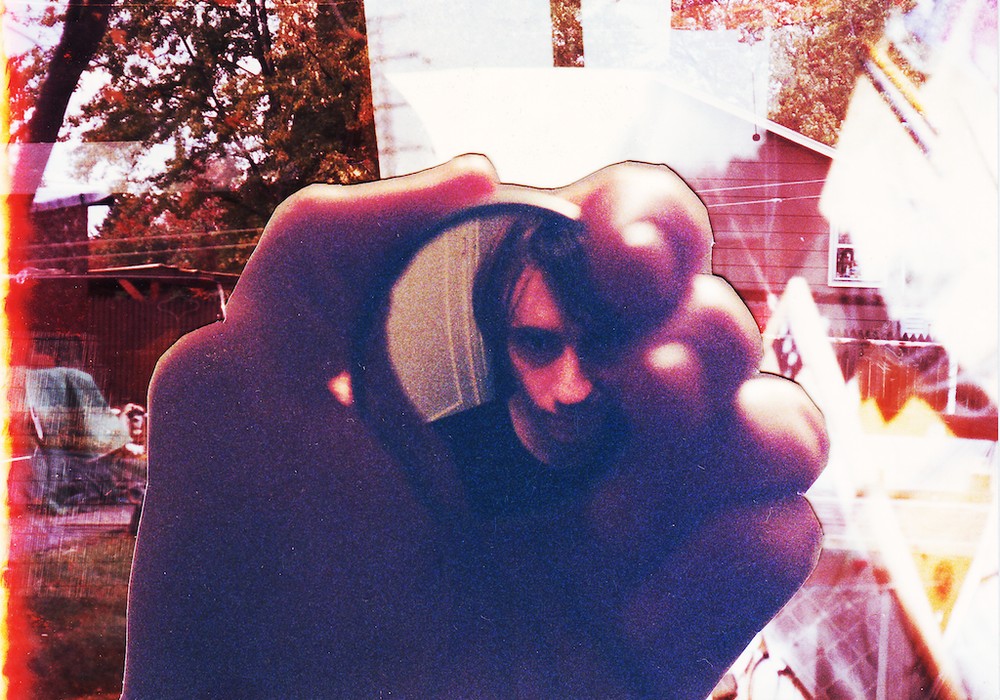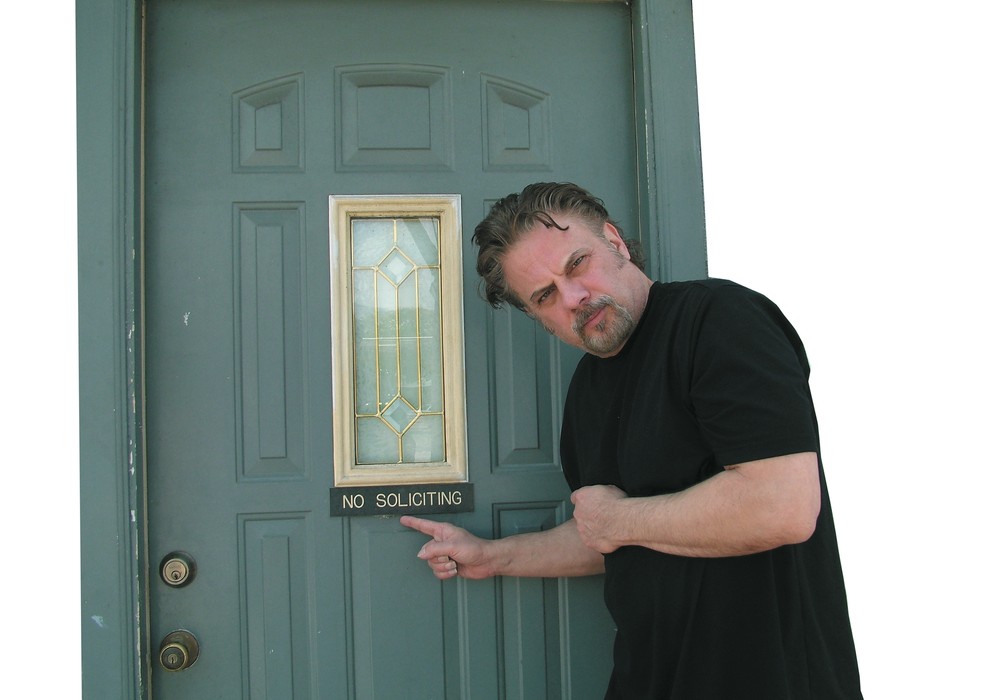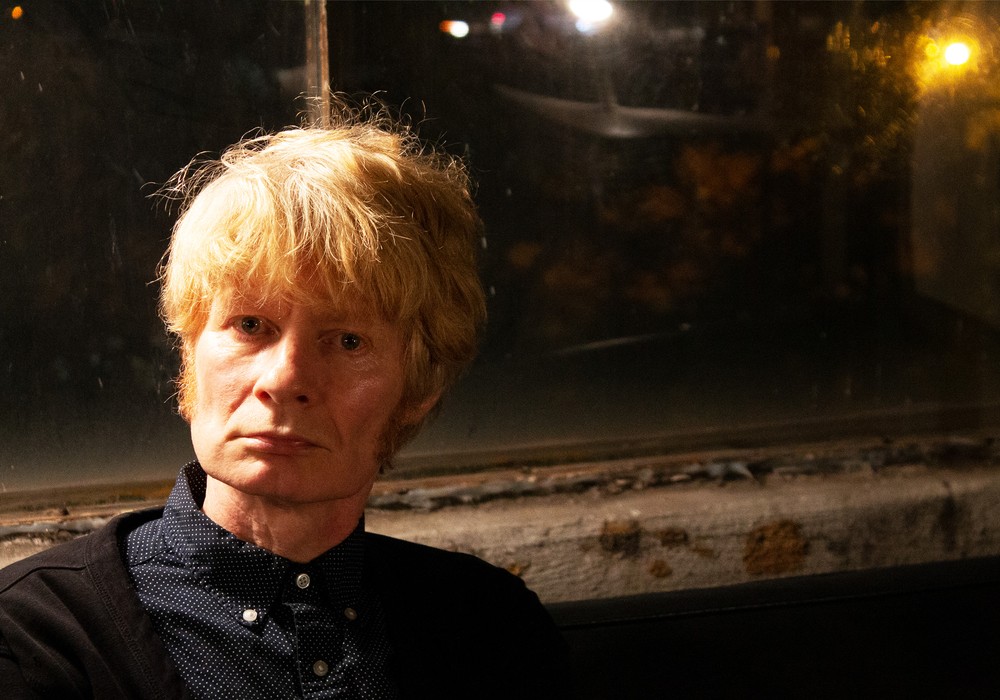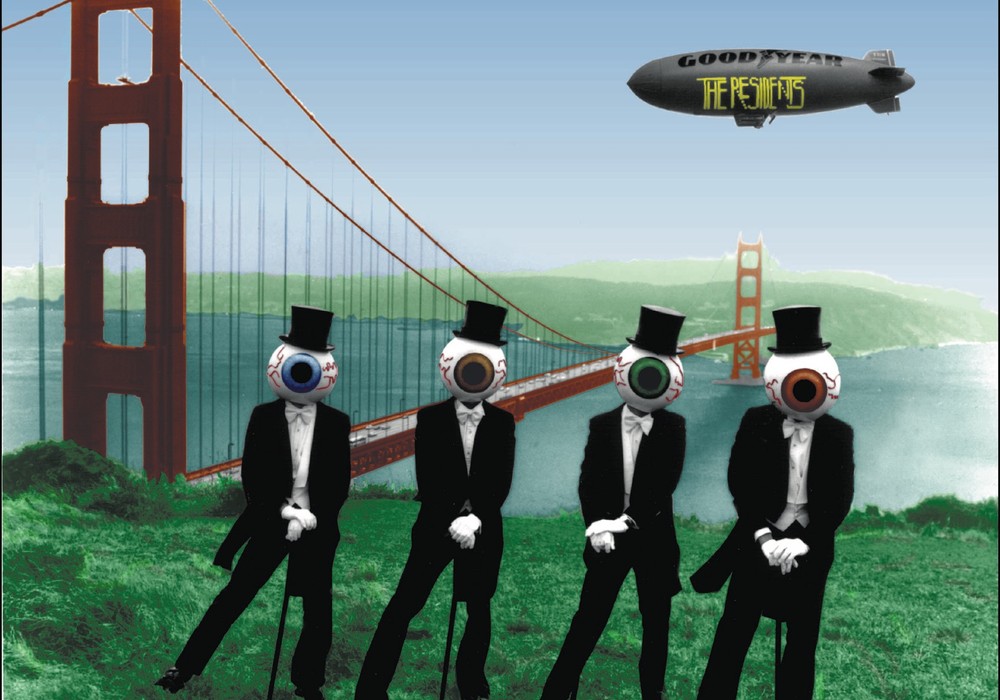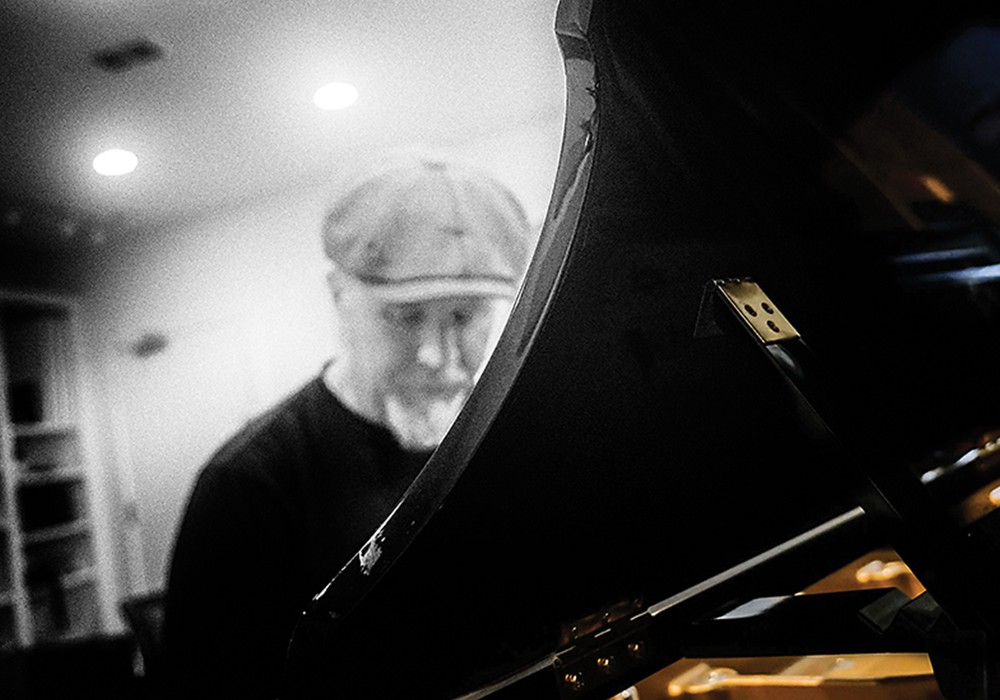Starting at Trident Studios in the late '60s, and hitting his stride at Island Studios in the early '70s, engineer/producer Tony Platt has built up an impressive resume. He worked his way up as an assistant engineer on sessions with Traffic, The Who, The Rolling Stones and Led Zeppelin, and later as an engineer with Free, Paul McCartney, John Martyn, Sparks and Mott the Hoople. As one of the engineers on Bob Marley and The Wailers' Catch a Fire and Burnin', he helped bring reggae to a wider audience, and went on to work with Toots & the Maytals on Funky Kingston as well as records for The Harry J All Stars, Aswad and The Cimarons. In his early days as a freelancer, he recorded demos and singles for seminal punk groups The Stranglers and The Adverts, and similarly for Thin Lizzy. Becoming an engineer for Robert John "Mutt" Lange, Tony worked on AC/DC's classic albums Highway to Hell and Back in Black, as well as Foreigner's 4 and The Boomtown Rats' The Fine Art of Surfacing. He joined the Zomba Management producer roster in 1980, producing artists like Samson, Iron Maiden, Krokus, Motörhead, Gary Moore, Cheap Trick, Billy Squier, The Cult and Marillion. During the '90s he engineered and co-produced sessions for Buddy Guy's Damn Right, I Got the Blues and Feels Like Rain. More recently, jazz-related sessions have popped up with Jazz Jamaica All Stars, Soweto Kinch, Abram Wilson and Juliet Roberts. Tony still keeps working full time and maintains a small studio in the Strongroom Studios complex in Shoreditch, London, which he shares with Haydn Bendall (a former engineer for Abbey Road Studios). Current and recent projects include Ellie Williams, The Razzle, singer/songwriter Natalia Dusso, slide player J.D. Smith and Tom Mansi & The Icebreakers.
What is the secret to capturing a great band in the studio?
What you have to remember is that records like Highway to Hell, Back in Black and Led Zeppelin II — any of those records that have that energy and freshness to them — really all of that is generated by the band. The band is in a position and a time in their career and life where they're creating that kind of energy in the music that they play. Really, what I did was NOT do something — what I didn't do was lose that. What I was able to do was recognize what the excitement was, try and capture that excitement and take that forward. I don't think you can engineer musical excitement into a record. I think that you can create some kind of audio excitement, but it's a different kind of excitement — the sort of excitement that you get from a Prodigy record, which is just as electric, just as exciting as some of those AC/DC records, but it's generated in a different way. It's generated from the beats, the tempos and the intensity of the sounds and then augmented by the excitement of the vocal. But it isn't organic like an AC/DC record.
What could get in the way of capturing the excitement of a great band?
It's not as simple as having the band play live while you capture it. You hear a lot of artists say they're great live, but they've never been able to capture it in the studio. Part of the reason is that they've not taken the time or trouble to prepare their music to be recorded. If you want to make a live recording, then make the live recording. But, you have to remember that it's going to have to be twice as large as life. If you take away the visual experience of the live performance and the intensity of it being live, then all you've got is the music. At the end of the day it's got to be a pretty damn good performance. If you then try to take that into a studio and you don't adapt the music to contend with the environment you're recording in, you're probably not going to end up with a particularly good recording.
It's not as simple as throwing up some well-placed, high-quality mics?
I think that most of the important choices that make a successful recording should be made before you get into the studio. The choice of the studio room that you're going to go into has a huge effect on how the artist will react to being in the studio. You can put the most exciting artist in the world in a really bad environment that they don't respond to, and they're not going to play very well. If they don't play well, you're not going to get much of a recording. If you have a good environment with good musicians who are capable of playing well, it makes me sound good.
I wanted to ask you about working with Bob Marley and The Wailers.
I did all the overdubbing on Catch a Fire of [John] "Rabbit" [Bundrick, keys], Wayne Perkins [guitar] — all those extra overdubs — and then I mixed it. Then I did a larger portion of the recording on the Burnin' album and I mixed some of it. The Catch a Fire recordings were all done on 8-track [in Jamaica]. On a lot of songs, I had all the drums on one track or the drum top kit on one track, the bass drum and the bass on another track and the guitars and keyboards mixed together on one track. There were a lot of things that were fixed the way they were. It was a recording that we just added bits to — very straightforward. People have said to me, "Did you know it was a classic album when you were making it?" Of course you don't. It's kind of a ridiculous question in a way. It sounds strange. I suppose that there was so much great music that we were privileged to work with at that point in...
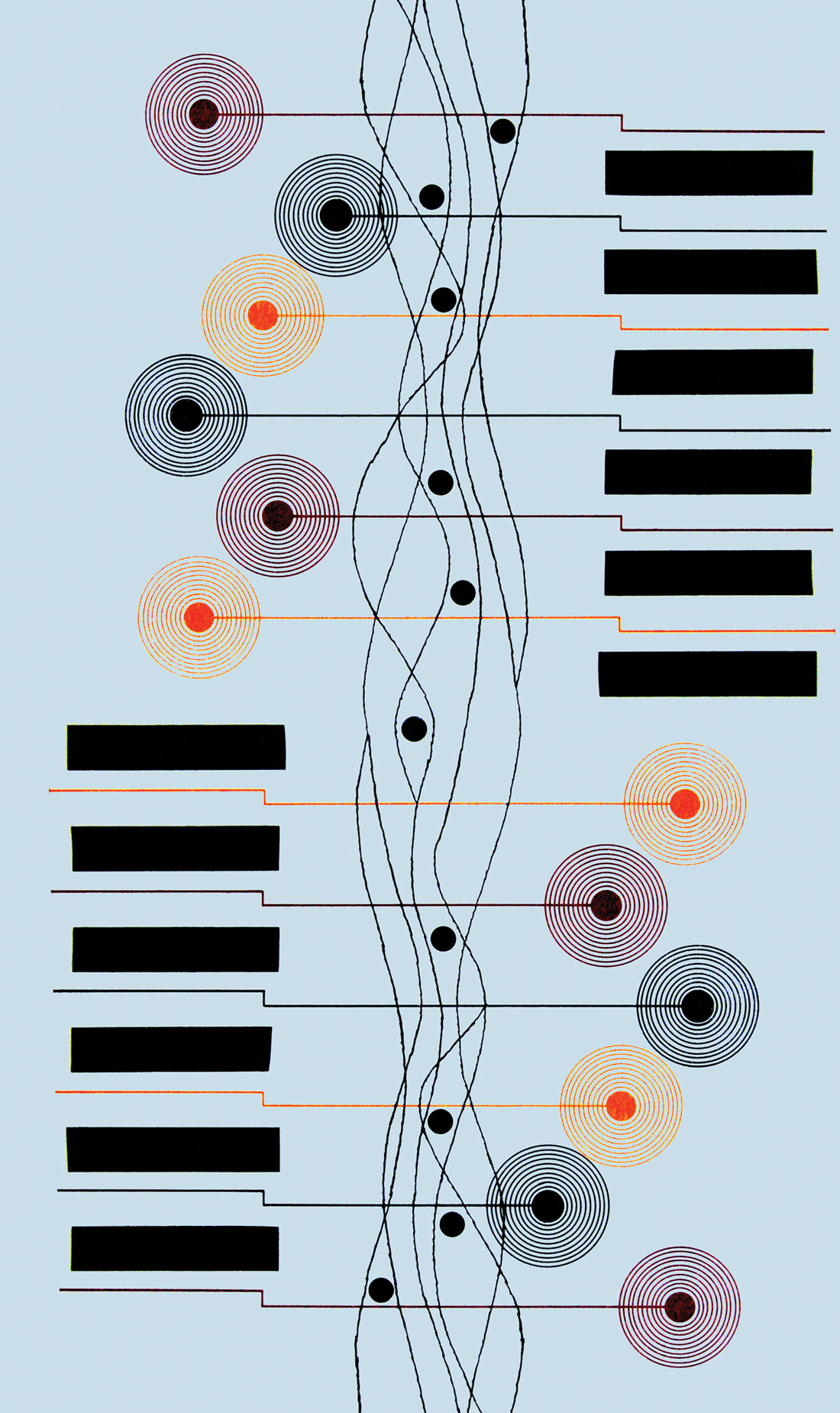

_display_hires.jpg)
